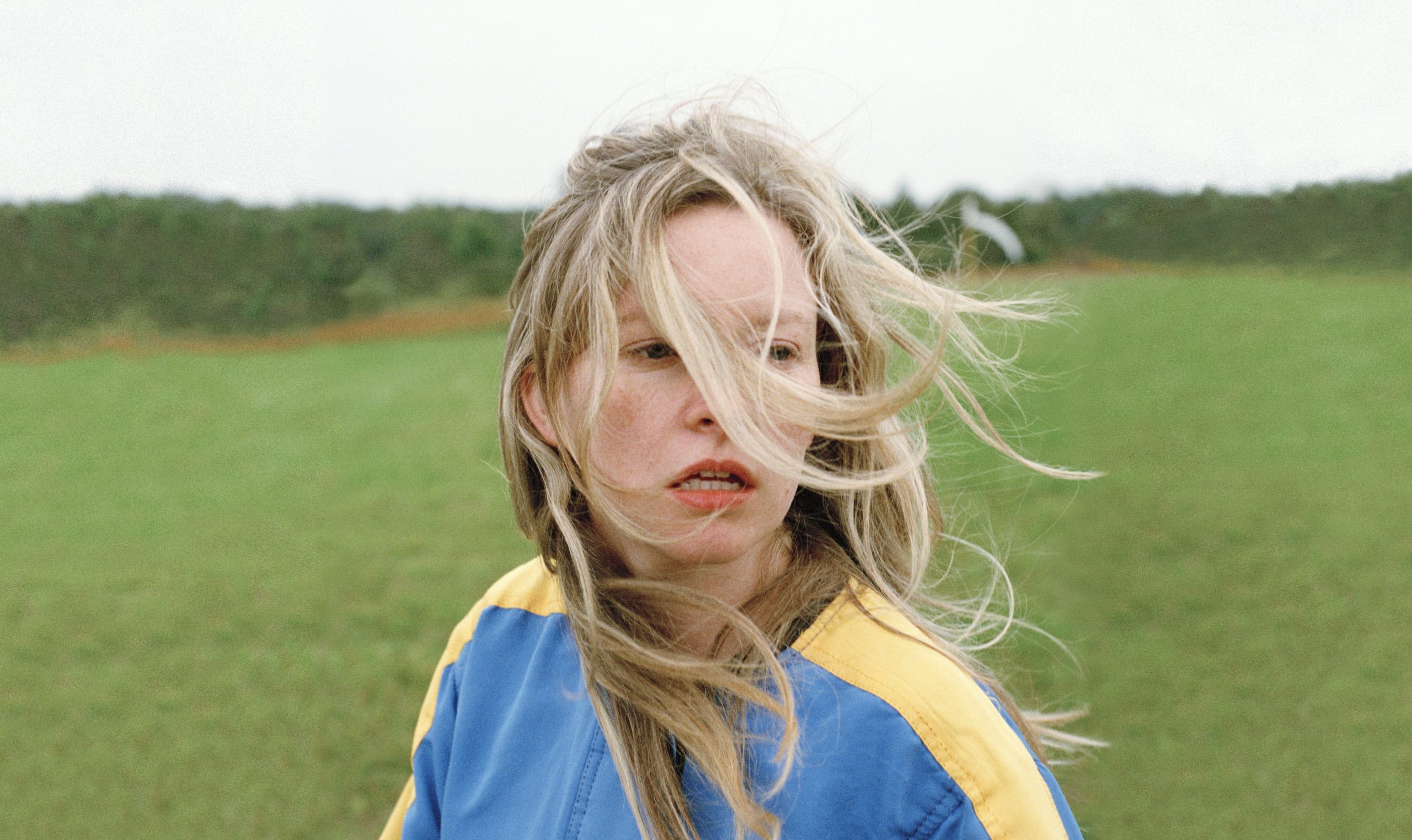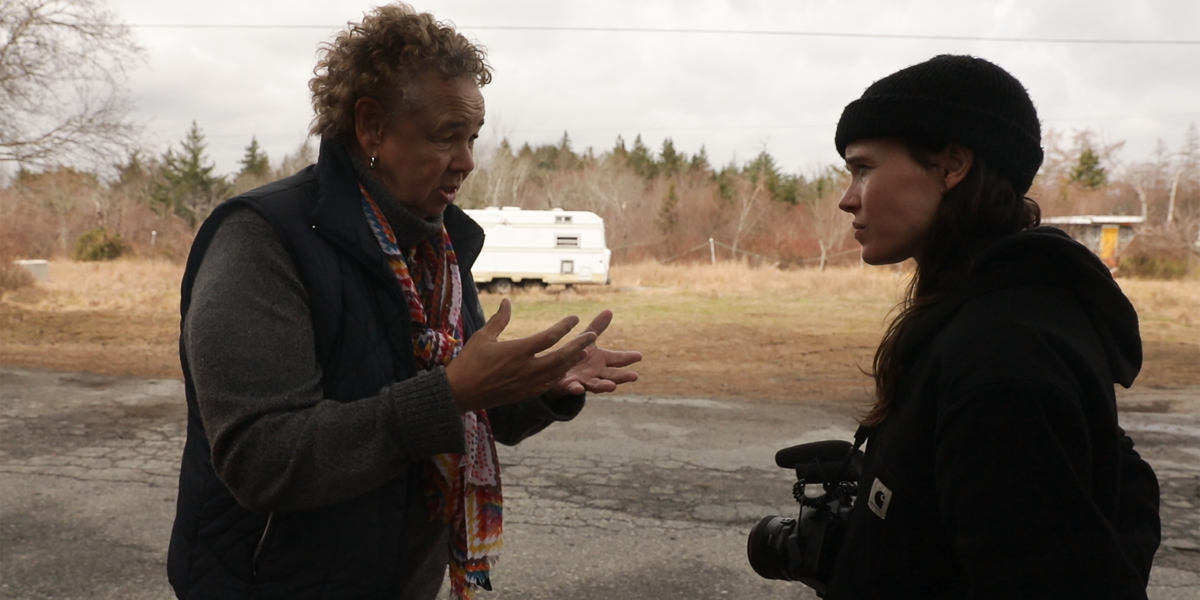Anne at 13,000 ft
(Canada, 75 min.)
Written and directed by Kazik Radwanski
Starring: Deragh Campbell
Programme: Platform (World Premiere)
The new Toronto New Wave is an exciting time for filmmaking. Three decades after the now-veterans of the indie scene were standing in the kitchen all night, a new generation of rule breakers and innovators makes films of and for the moment. Where Toronto once had Atom Egoyan, David Cronenberg, Patricia Rozema, Bruce McDonald, and Ron Mann, it now has Kazik Radwanski, Sofia Bohdanowicz, Igor Drljaca, Albert Shin, Matt Johnson, and Calvin and Yonah, just to name a few. (These filmmakers form a group I colloquially refer to as the “MDFF crew” since most of their movies hail from a unique circle and pepper the pages of Cinema-Scope.) They deliver personal works that are unique and efficiently made to utilize the modest aspects of micro-budget filmmaking. What once were limitations now are opportunities. Sometimes they work and sometimes they don’t, but they always yield something fresh and interesting that pushes a floundering industry to come back to life.
Look no further than Anne at 13,000 ft for an example of a film that “works” from the new Toronto New Wave. Anne is the latest film from Kazik Radwanski, perhaps a ringleader of the MDFF crew as one of the founders of Medium Density Fibreboard Films that makes and distributes many of these movies. Anne is an exhilarating and exhausting cinematic experience. It is demanding both emotionally and intellectually, and it barely lets audiences breathe during its efficiently used 75-minute running time.
The film stars Deragh Campbell (Veslemøy’s Song) as the titular Anne. She is a woman on the verge of a nervous breakdown and headed for the notorious “27 Club” if she doesn’t get her act together. Radwanski plops audiences into Anne’s life during an especially tempestuous chapter and it’s one to which all Millennial viewers—and, one suspects, many viewers across generations—will relate.
Life isn’t working out as Anne might have hoped and she’s reached that awkward stage where it’s too late to turn back and start over, but too early to be taken seriously by her elders. She’s not quite ready to start “adulting” as her shifts at the local daycare suggest. She goes a bit too method during playtime with the kids, drawing the ire of her endlessly judgemental senior colleague who is very, very set in doing things “the way they are.” This desire for order, structure, and routine stifles Anne and provokes her restlessness. Like the children around her, Anne can be a pest when she wants to be one, so when push comes to shove, she can really hit back. Her love life is as much of a mess since her relatively new beau Matt (Matt Johnson, who’s really mastered the annoying jerk role) is a bunch of immature fits, starts, and “let’s take a break” texts.
Her breakdown seems to have been triggered by the recent marriage of her colleague Sarah (Dorothea Paas). As part of the bridal party/bachelorette fun, Sarah takes the girls skydiving. The bracing experience rouses Anne from her slumber—and the skydives are thrillingly shot sequences that get a viewer high with whatever drug to which Anne becomes addicted. Whether it’s the adrenaline rush of the fall or the high of coming so precariously close to death, Anne doesn’t land on the ground with firm footing. She’s in freefall, refusing to pull the rip-chord on the parachute as she demands life to be as revitalizing as her excursion in the sky.
The film hinges on Campbell’s performance and her ferociously committed turn as Anne is an astonishing feet. This is an emotionally charged and physically demanding performance fuelled by passion and rage. Anne isn’t often likeable: she’s prickly, erratic, spastic, and mercurial, but Campbell injects the young woman with restless abandon, ensuring that she gets a viewer’s skin without ever letting them inside Anne’s head. Campbell’s performance is at once a brilliant interpretation of mental illness manifesting itself in self-destructive ways, and it’s an objective critique of arrested development as juvenile behaviour threatens virtually all of Anne’s personal and professional relationships. It’s a marvel how she can make the petite figure seem 15 years old in one scene and 30 the next. (We’ll assume the height of Anne’s downward spiral is maplecore nod to 13 Going on 30.)
Campbell might be the unsung hero of the new Toronto New Wave having appeared in many of films from the MDFF crew, but her performance in Anne at 13,000 Ft. is a stirring reminder that actors, like directors, can and should be discussed as authors of a film’s artistic vision. She is frequently credited for her collaborations with directors, especially with Sofia Bohdanowicz, but there’s no doubt that Anne is her best creation. There would be major buzz for her if Anne hailed from New York.
Radwanski’s kinetic and minimalist verité style complements her performance perfectly. Campbell offers the kind of full-throttle work that could easily overwhelm a film, but the aesthetic of Anne hones in tight with its protagonist. The camera is often as close to Anne as a remora is to a shark and the film pulses with vital energy as we watch and feel every emotional beat of Anne’s tailspin. Radwanski also shrewdly structures the film to keep audiences dancing on their feet as the chronological puzzle pieces Anne together and unravels her at the same time. The film is bracingly and kinetically edited to convey the maddening rush of the dive from the air and, as the pieces fall into place, Radwanski and Campbell leave a viewer transfixed to see the body that will inevitably come careening and splattering down from the sky as Anne propels towards its heart-pumping finale.
Visit the POV TIFF Hub for more coverage from this year’s festival!
Update: Anne streams via TIFF Bell Lightbox beginning Feb. 19.











